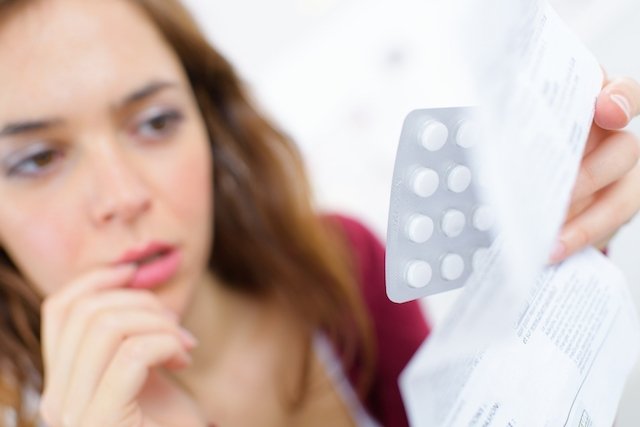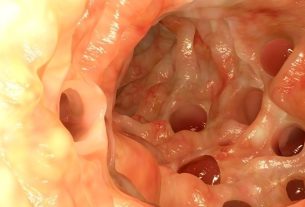Contraceptive thrombosis can cause symptoms such as swelling, redness, pain and/or increased temperature in one of the legs or chest pain, which can be life-threatening if left untreated.
Especially contraceptives that contain estrogen and progesterone, whether in the form of a pill, injection, implant or patch, can increase the risk of thrombosis, which is more common in women over 40 who smoke and in cases of obesity, for example.
Although the risk of thrombosis is generally low, it is important to consult a gynecologist before starting any contraceptive and to use the medication correctly, according to their instructions.

Main symptoms
The main symptoms of thrombosis due to contraceptive use are:
- Swelling and/or redness in one of the legs;
- Increase in temperature of the affected leg;
- Pain in the leg or chest;
- Sudden shortness of breath;
- Constant cough.
Thrombosis is a serious condition that can be life-threatening. Therefore, before starting contraceptives, it is recommended to consult a gynecologist, who is the best doctor to help choose the most suitable contraceptive method for each woman.
If you want to make an appointment, you can find the gynecologist closest to you using the tool below:
Taking care of your health has never been easier!
It is important to inform the doctor correctly about your health history, especially if there are blood clotting diseases. Furthermore, you must use contraceptives according to its instructions to avoid the risk of thrombosis.
What to do in case of suspicion
If thrombosis is suspected, it is recommended to go to an emergency room for evaluation. The doctor may recommend tests, such as ultrasound, tomography and blood tests, to confirm the diagnosis.
Although there is no test that confirms that the thrombosis was caused by the contraceptive, the pill is suspected when other more likely causes for the thrombosis have not been found. See the possible causes of thrombosis.
Contraceptives that can cause thrombosis
The risk of thrombosis is greater for contraceptives that have higher doses of the hormone estrogen and that also contain desogestrel, gestodene or drospirenone in their formula, which are synthetic forms of the hormone progesterone. Learn about other side effects of the contraceptive pill.
Who is most at risk of thrombosis
The risk of thrombosis due to contraceptives is greater in case of:
- Recent start of contraceptives, especially in the first months;
- Age over 40 years old;
- Smoking;
- History of thrombosis, obesity and/or migraine with aura;
- Post-operative period of major surgeries;
- Blood clotting disorders such as antiphospholipid antibody syndrome.
However, the chance of developing thrombosis due to the use of contraceptives remains small, unless the woman has other risk factors, which combined with the use of the pill, can make this risk higher.

Sign up for our newsletter and stay up to date with exclusive news
that can transform your routine!
Warning: Undefined array key "title" in /home/storelat/public_html/wp-content/plugins/link-whisper-premium/templates/frontend/related-posts.php on line 12
Warning: Undefined array key "title_tag" in /home/storelat/public_html/wp-content/plugins/link-whisper-premium/templates/frontend/related-posts.php on line 13



